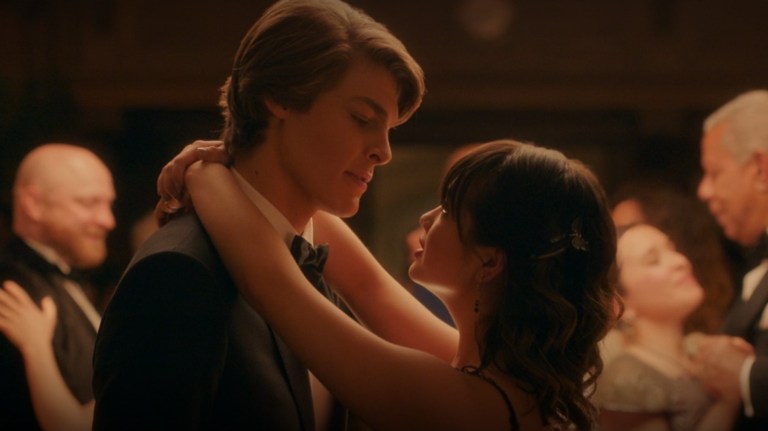The Actual Problem With Dress Codes In Schools


School dress codes have been given a lot of attention in the media lately, and some particular incidents have given the entire topic a bad name. Situations like this prom in Richmond, Virginia (where a girl was asked to leave the dance because male chaperones were ogling her dress) have left a bad taste in a lot of mouths, and understandably so. There have been countless occurrences like this prom, where girls have been made to feel targeted. In every troubling case, the emphasis has always been placed on the fact that a girl’s outfit has caused a “distraction” amongst the boys.
Quite simply, the girls are being held responsible for boys’ thoughts.
Instead of attempting to encourage boys to manage their emotions, girls are forced to shoulder the blame. If a girl’s outfit is perceived to be too sexy, she is obviously causing the boys to have “inappropriate” thoughts, and therefore she needs to change her clothes. Rather than confront the fact that teenagers are (gasp!) normal humans with a lot of hormones, the whole situation is quickly silenced by throwing an oversized T-shirt at the girl, or telling her to put on her gym clothes instead.
This is what causes young people to “rebel” against the dress code, creating discipline issues in their schools. Suddenly, girls are being given detention or sent home, and their daily education is disrupted just because of the clothes on their back. There’s a vicious cycle here, and it doesn’t seem to be breaking any time soon.
There’s a bigger problem at play here, and it’s one that is often overlooked. By focusing so much on the so-called distractibility of female clothing, and emphasizing the sexuality of the issue, we are failing to educate young people about how dress codes actually work.
Dress codes are not an old-fashioned concept when executed correctly, and we adhere to them every day. For example, if you work a corporate job, I’m willing to bet that you don’t wear workout clothes to the office. I also have a hunch that you wouldn’t wear a suit to the beach, or a prom dress to a club.
Developing a personal sense of style is essential to figuring out who you are. Part of that is figuring out how to present yourself at different types of occasions, and there’s an array of fashion to choose from. As Stanley Tucci’s character in “The Devil Wears Prada” says, fashion is “greater than art, because you live your life in it.”
It’s actually a good idea to teach teenagers and children about the varying ways one should dress for different events. Casual, business casual, formal, semi-formal – these are all terms that apply in the post-academic world. We follow these societal and cultural norms – not out of obligation – but because we want to be perceived in a certain manner. When we go on job interviews, we “dress for the job that we want.” When we head out for a girls’ night, we choose cute outfits that make us feel good about ourselves. We know the difference between work clothes and comfy “Netflix on the couch” clothes. It has nothing to do with being appropriate or modest – it’s just about the circumstances.
With that in mind, it’s probably time that we re-examine what the expectation is for teenage students. Most public schools don’t make it clear enough. Guidelines like “a girl’s shorts shouldn’t be shorter than the tips of her fingers when her hands are at her sides” are completely confusing because all girls have different body sizes. You can’t use the fingertip measurement on a girl who is 5’7” and expect it to work the same way on a girl who is 5’1” – people aren’t born with perfect proportions.
Let’s face it – our clothes reflect who we are. Appearances aren’t everything of course, but they do say a lot when a first impression is involved. It’s important to be conscious of how you are presenting yourself – and for the right reasons. When people carry on about a girl’s spaghetti strap creating a distraction for all the boys in math class, the message is entirely wrong. We’re not saying anything about the girl’s clothes, or who she is, or how she wants to be perceived. The focus is all on the boys and the fact that we’ve decided they must be incapable of controlling their raging hormones – which is, of course, entirely unfair. Shouldn’t we give the guys a chance to figure out how to deal with that? And shouldn’t we also give them a little more credit?
Ultimately, we are not helping anyone by continuing to enforce these dress code standards. These guidelines are just perpetuating sexism towards both genders, and almost guaranteeing that young people won’t meet the expectations that are set for them. Instead, we should revolutionize the way we talk about clothes with young people. We should encourage teenagers to figure out who they are through style, while simultaneously arming them with the tools to dress for success in the future. ![]()




